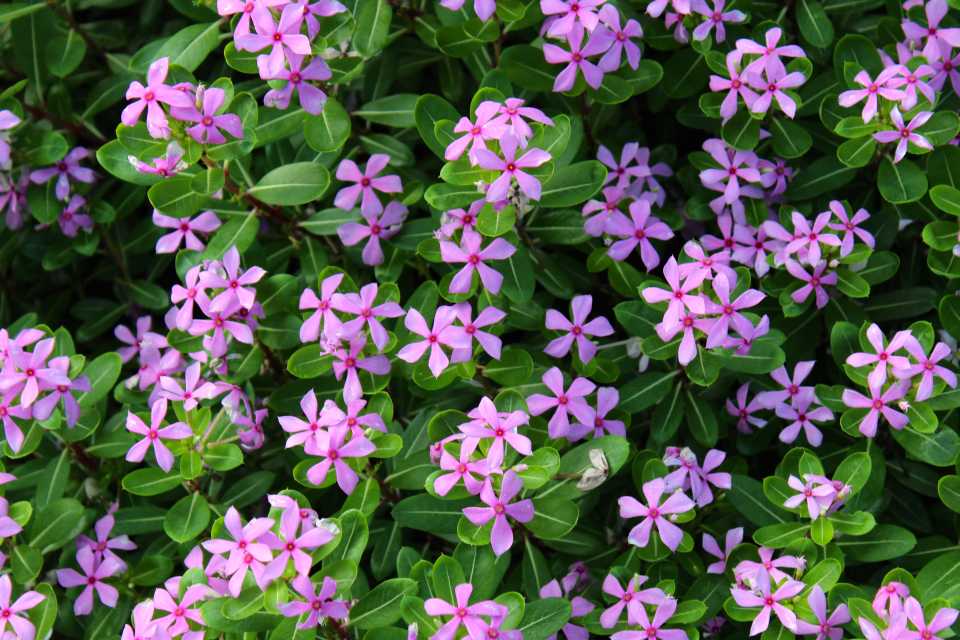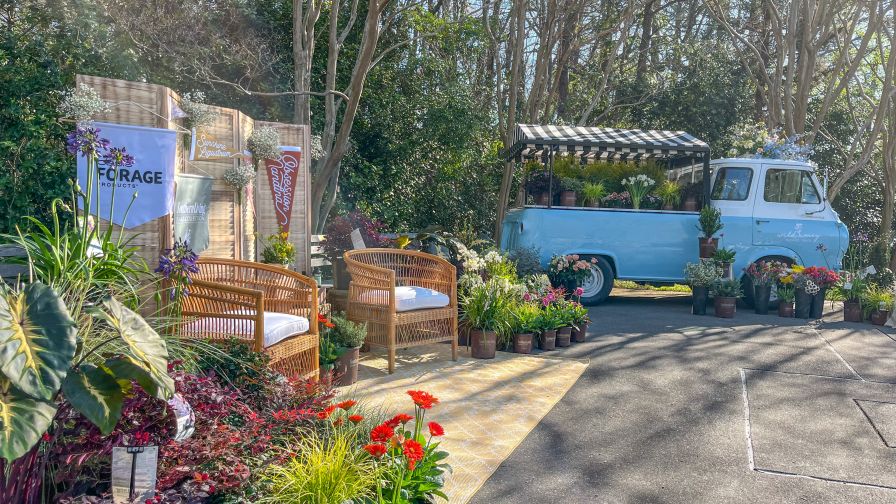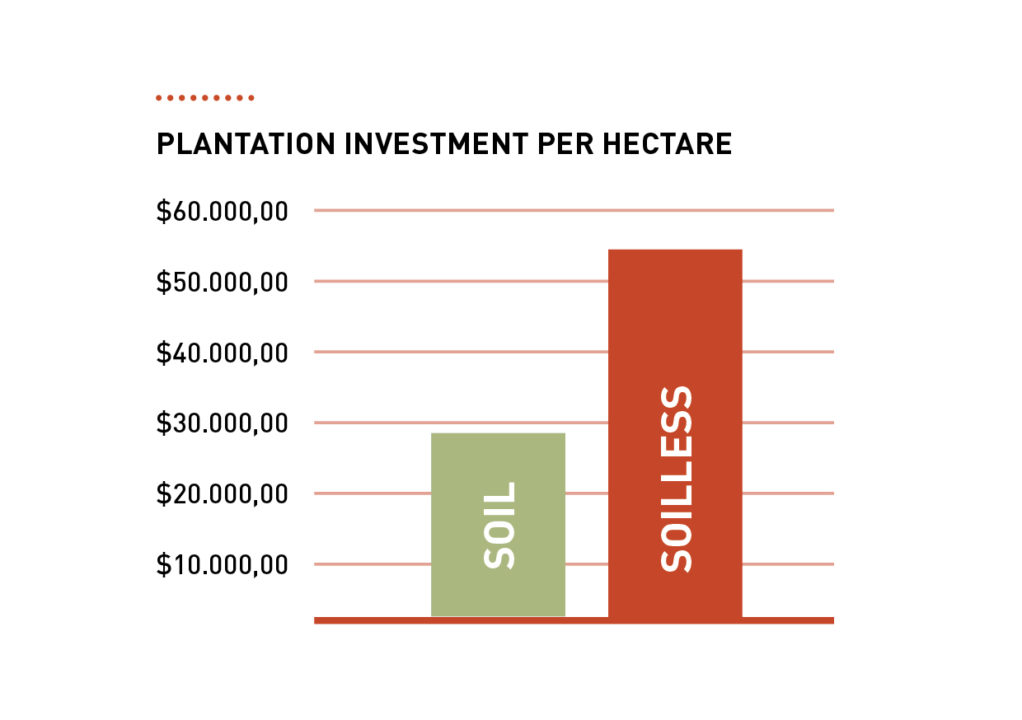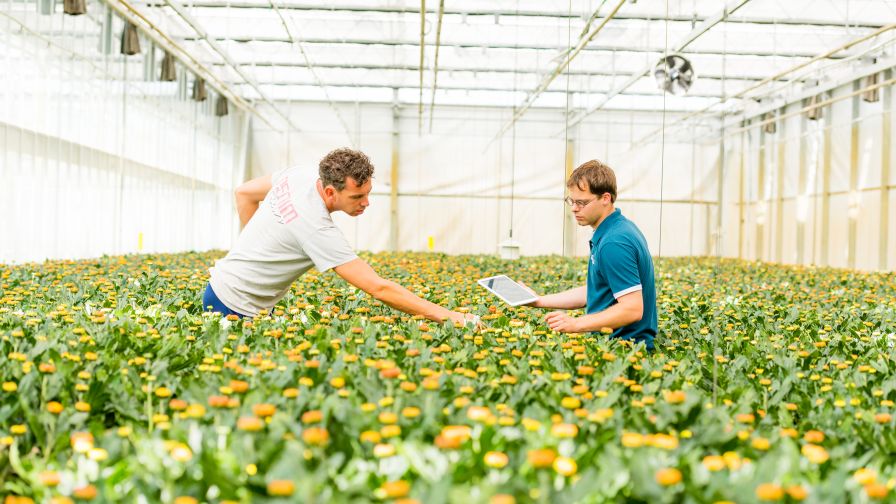Know Your Plants’ Potential Sensitivity Before Applying PGRs

There are instances where PGR labels warn against application on certain bedding plants species such as vinca because of their sensitivity to the active ingredient
Growers who seek to produce high-quality compact flowering plants proportional to container size can use non-chemical and chemical methods. While non-chemical methods can be successfully deployed, most greenhouse growers use chemical plant growth regulators (PGRs). These can be applied by various methods to either suppress or promote growth, increase branching, and/or promote or delay flowering of greenhouse crops.
Most PGRs can be applied to floriculture crops, but there are instances where the labels warn against application on certain bedding plants species because of their sensitivity to the active ingredient. The University of Kentucky’s Garrett Owen outlined a perfect example of PGR sensitivity during a grower visit in a recent E-GRO alert.
Small plantings each of fibrous begonia (Begonia × semperflorens) and vinca (Catharanthus roseus) grown under the same greenhouse conditions were inspected because each species exhibited abnormal growth. For fibrous begonias, few plants exhibited hardened, stunted plant growth with dark-green leaves. Only a few plants in the same row exhibited the symptoms. Asymptomatic begonia plants exhibited normal growth. Similarly, a few containers of vinca exhibited stunted plant growth compared to other plants found among the crop. Stunted plants displayed chlorosis to interveinal chlorosis and black leaf spotting. After speaking with the grower, it was revealed that both bedding plants species were accidentally drenched with 3 ppm (0.0125 mg active ingredient per pot) paclobutrazol (0.4% active ingredient). Since only a few plants were accidentally drenched the crop was not a complete failure, but could have been a lot worse regardless of crop size and production scale.
Therefore, before applying any PGRs, growers should always read and follow the label, be familiar with MSDS sheet(s) for health hazards, know the personal protective equipment (PPE) requirements, and be aware of bedding plant species- or cultivar-specific notes. In some instances, labels will acknowledge or warn against the use of the PGRs on sensitive bedding plant species because of the potential for phytotoxicity. Growers should conduct an in-house trial for first time chemical use or if a species is not listed. Additionally, growers can contact the PGR technical manager or your greenhouse Extension specialist to obtain more information or address questions.
Learn more in the original e-GRO alert here.










